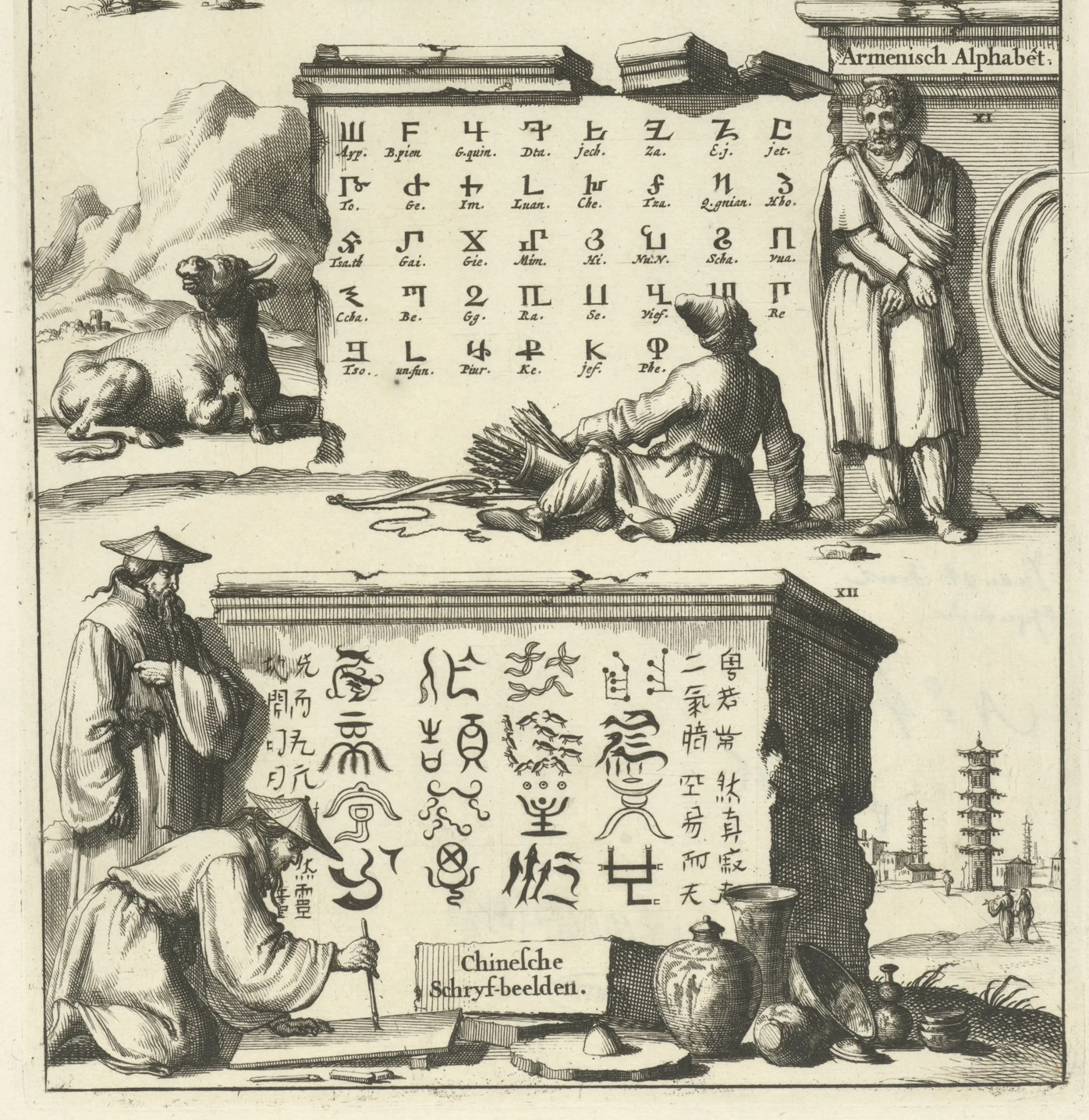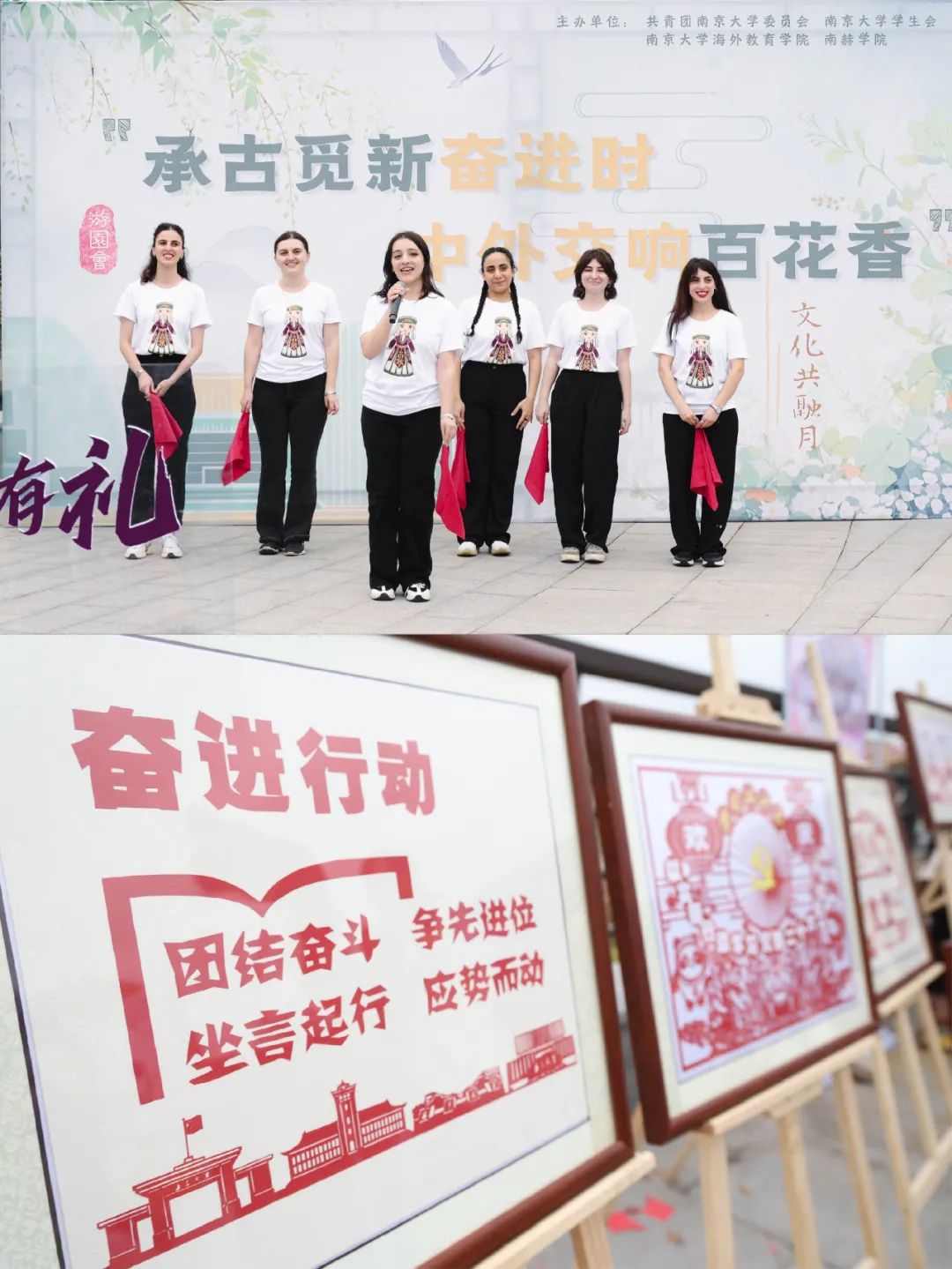
Juxtaposition of the Armenian and Chinese people in the Dutch 17th century engraving
A talented Dutch illustrator, engraver, and poet of the late 17th century and early 18th century Jan Luyken lived and worked in Amsterdam.
His engravings created for the cartographic 5-volume atlas “The New Marine Torch” published in 1681 as well as illustrations for the books “The Mirror of the Martyrs or the Bloody Theater” (1685) and “Crafts of Mankind” (1694), are considered monumental.
In 1680, Jan Luyken created a series of amazing engravings depicting the letters of the ancient alphabets and their Latin names.
Interestingly enough, the letters of the Armenian alphabet under the label “Armenisch Alphabet” found their place on the engravings of the genius Dutchman along with the Chinese characters and Coptic letters.
It’s noteworthy that the general images of Armenians depicted next to the plaque with the alphabet are quite reminiscent of the physique and garments of the Armenian merchants who played a key role in connecting the West and China. As for the embodiments of China, they are executed wearing Chinese traditional conical hats against the background with the emblem of Chinese architecture- pagoda-like structure. The author also accentuated another symbol of China- porcelain vessels on the foreground.
This engraving undoubtedly gives us an important insight to the subject of the 17th-century Western perception towards both Armenian and Chinese ethnicities.








